|
Home>> World Food Prize Interns
World Food Prize Interns
The World Food Prize Youth Institute was established in 1994 by the World Food Prize Foundation, an
international organization headquartered in Des Moines, Iowa. Founded by Nobel Peace Prize Laureate Dr.
Norman Borlaug and Iowa businessman and philanthropist John Ruan, the primary goal of the Institute is
to increase student awareness of the United States’ current role and future potential in helping the people of
the world have access to a nutritious and sustainable food supply.
As an extension of the Youth Institute, the World Food Prize Borlaug-Ruan Summer Internship Programme
offers students the opportunity to work at research centers around the world for 8 weeks during their
summer break. The Foundation stresses the uniqueness of this program from other “study abroad”
internship programmes in that the students participate in research projects with world-renowned researchers
while getting a first-hand view of real and pressing food security issues and nutritional problems in poverty stricken
areas. The student becomes an integral part of the project spending time in the lab as well as days
or weeks at a time in the field conducting research and gathering data. The goal of the Summer Internship
Programme is to inspire youth to pursue careers in food, agricultural and natural resource disciplines.Since the year 2000, four high school students have participated, for an eight-week hands-on working experience with Prof. Z.R. Khan, Push-Pull programme leader, at the International Centre of Insect Physiology and Ecology (icipe), Kenya.
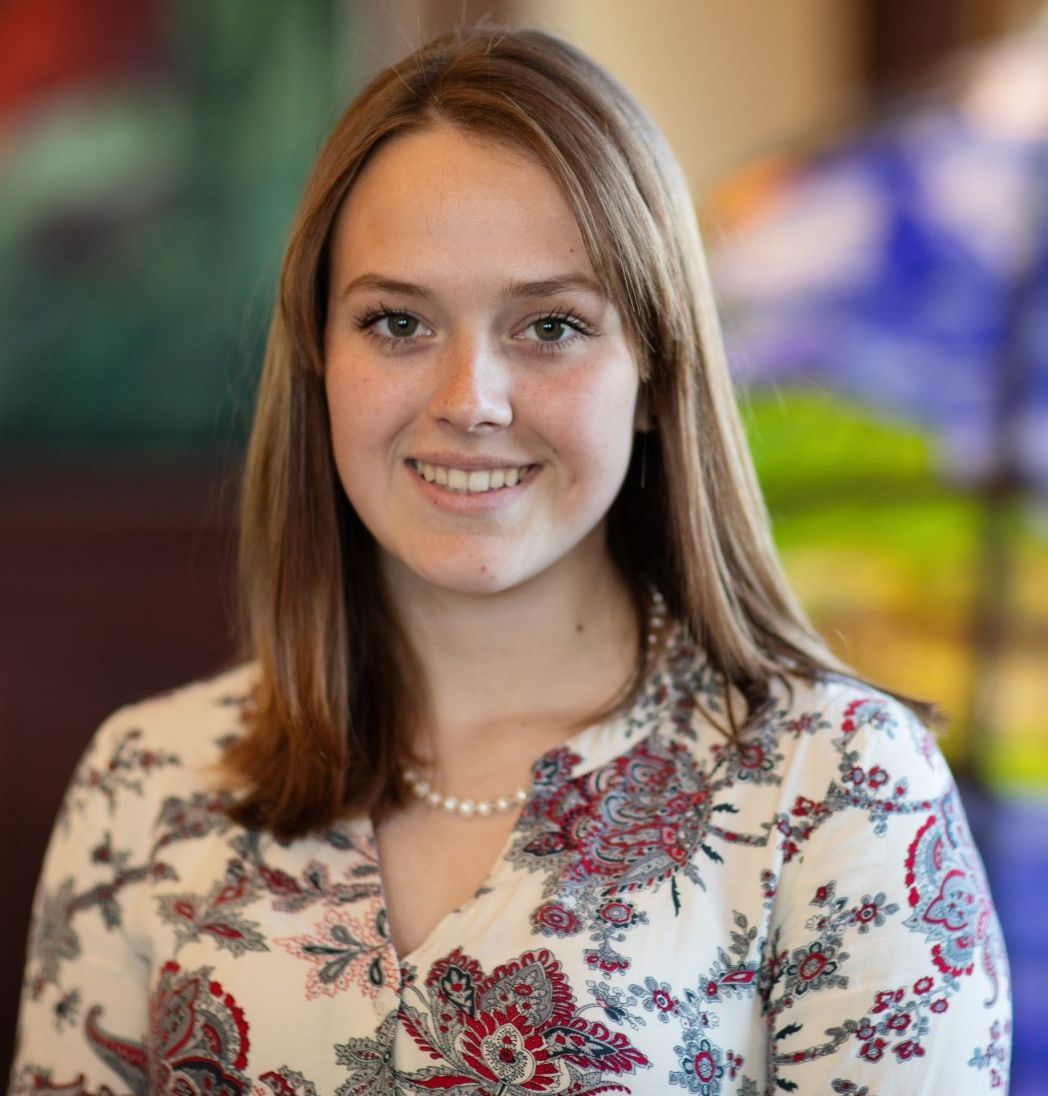 Renee Piekema, 2019 Renee Piekema, 2019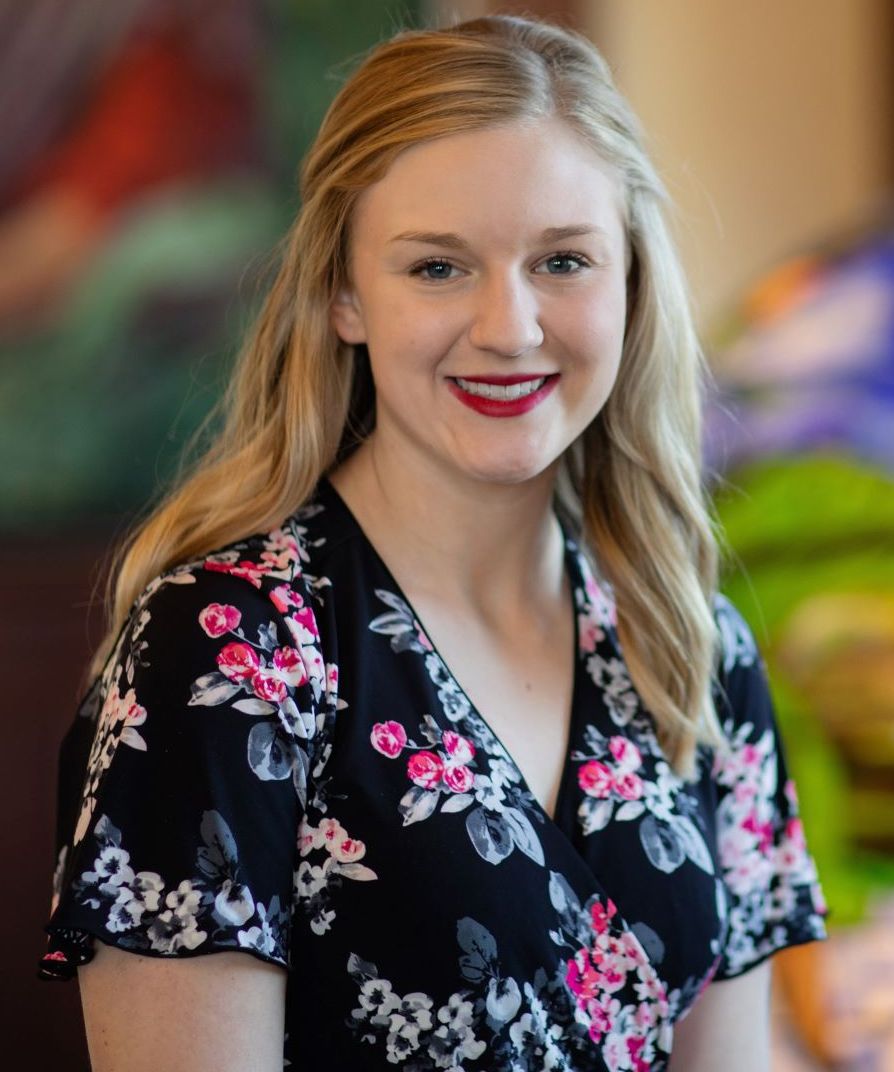 Morgan Hasle, 2019 Morgan Hasle, 2019 Christina Allen, 2018 Christina Allen, 2018
"Youth rural-urban migration in Kenya and Tanzania is increasingly becoming more prevalent.
When youth migrate from rural to urban areas, they may become less engaged in agriculture
which endangers the food security in their communities. This study explores the desire of youth
to migrate along with the “push” and “pull” factors that influence their migration in order to
develop strategies that will provide more opportunity for youth in agriculture."
 Colton Ketchman, 2018 Colton Ketchman, 2018
"Since 2016, the invasive species Spodeptera frugiperda (Fall Armyworm) has ravished though
Africa causing substantial damage to cereal crops. Since their arrival they have been reported in
over 30 African countries and are majorly affecting the livelihoods of subsistence farmers.
Because of the recent invasion, farmers are coming closer to the point of food insecurity. My task
was to find out how much local farmers knew, how much they were losing, and how that was
affecting their livelihoods."
 Cheyenne Gerlach, 2017 Cheyenne Gerlach, 2017
"The research will help with the next step in the process; the
dissemination of information about these advancements"
 Jacob Schultz, 2017 Jacob Schultz, 2017
"The goal of this research is to help self sustaining farmers to be able to feed their famlies and produce a livable income"
 Isaac
Mirti, 2016 Isaac
Mirti, 2016
"This multiple disciplinary approach enables the institute to assemble a team of scientists from
diverse educational backgrounds including, but certainly not limited to entomologists, chemical
ecologist, molecular biologists, and acarologists participating in research throughout over thirty
countries in Africa. Additionally, through collaborations with national, regional, and
international organizations, the Centre is conducting research in programs such as fruit fly IPM,
animal Trypanosomiasis, Malaria, ‘Push-Pull’ IPM, and climate change and biodiversity. "
 Holly Enowski, 2016 Holly Enowski, 2016
" Aflatoxins can pose serious health
risks including liver cancer, child stunting, and
death if enough is consumed. Kenya is known
for having the highest incident of acute toxicity;
the largest outbreak of 317 cases, including 125
deaths, occurred in the country in 2004
(Unnevehr). While less researched, Ugandan
samples of maize have provided evidence of
contamination"
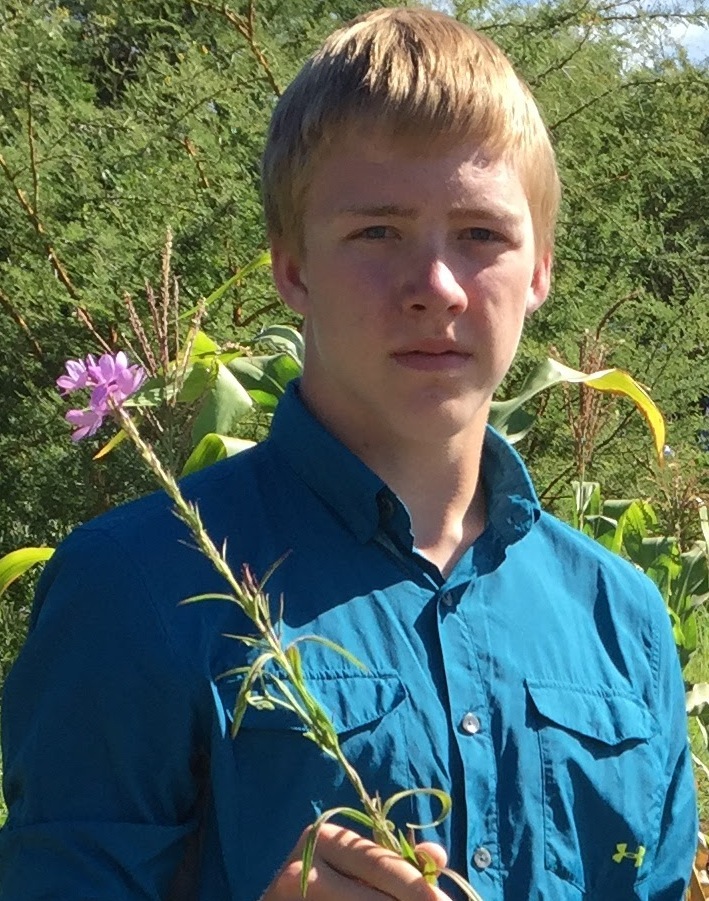 Isiah Brandt, 2015 Isiah Brandt, 2015
"Purpose of the ‘Push-Pull’ Technology: Poor soil quality, striga, and stem borer contribute to Africa’s low crop productivity. The production dramatically increases when controlling these three problems. ‘Push-Pull’ technology accomplishes the elimination of striga, stem borer, and soil degradation. "
 Ashley Vaughan, 2014 Ashley Vaughan, 2014
"It was so incredible to hear and observe the impact of Climate-Smart Push-Pull on the lives of adopting farmers. To see not only a tremendous increase in yield but also an abundant improvement in overall livelihood was unfathomable. Education, nutrition, and opportunities unbiased to
gender are just a few of the benefits that have proved the effectiveness of this agricultural technology-it was beyond anything I could have imagined".
 Anthony Wenndt, 2011 Anthony Wenndt, 2011
“In these times of unprecedented climatic, economic, and environmental uncertainty, maintaining efficient, sustainable, and innovative agricultural operations has become a major concern for area farmers, and icipe’s promotion of Push-Pull technology has effectively begun to encourage agricultural success and food security among farmers.”
Anthony also received the Chrystal Award for his outstanding work
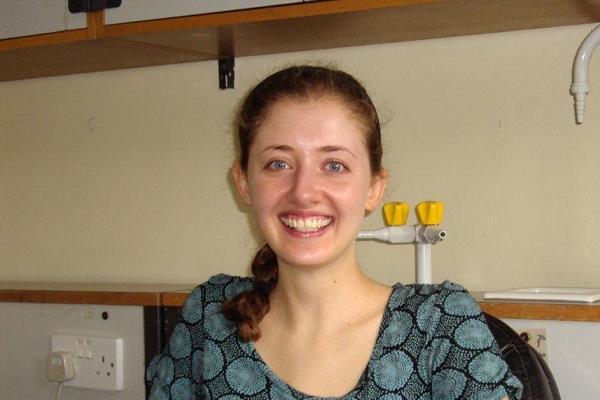 Sydney Schrider, 2010 Sydney Schrider, 2010
“It was interesting to note that, the women Push-Pull farmers I interviewed had been practicing Push-Pull for a longer time than men…, I also learnt that fellow female farmers and farmer teachers are able to empower females farmers. One such example is Mama Sarah Obama, President Barack Obama’s grandmother, who is a successful Push-Pull farmer and has taught many women in Kogelo, her small village on the benefits of the technology”
 Anne Seccor, 2006 Anne Seccor, 2006
“When I asked farmers to give their recommendations for improving the rate of transmittance of Push-Pull technology information, the number one answer suggested by farmers was to spread information through groups, which is considered a sort of “melting pot” for methods of transmitting Push-Pull technology information; nearly all farmers are involved in some sort of community-based group”.
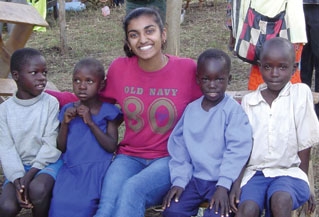 Megan Srinivas, 2004 Megan Srinivas, 2004
“As the number of years of education of the farmer increased, the more likely it became that the farmer had utilized the ‘Push-Pull’ technology for a longer duration of time and utilizing the various components of the technology has helped to drastically increase the overall resource-efficiency of farmers”
Megan received the Chrystal Award for her outstanding work
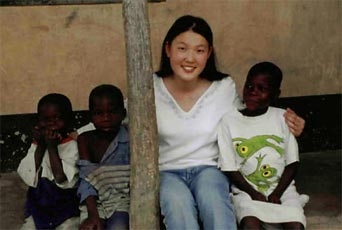 Bian Li, 2000 Bian Li, 2000
"Farmers in the area are subsistence farmers, they do not have the capital resources to obtain certain inputs, such as chemical pesticides, to control Striga problem, many use simple, ineffective techniques, such as the use of farmyard manure (cow dung) and constant weeding. This is where the Push-Pull technology steps in”
Bian also received the Chrystal Award for her outstanding work
|
Our Goal
“To end hunger and poverty for
10 million people by extending Push-Pull
technology to 1 million households in
sub-Saharan Africa by 2020”,
Zeyaur Khan, Coordinator,
Push-Pull Programme
Adopters

|
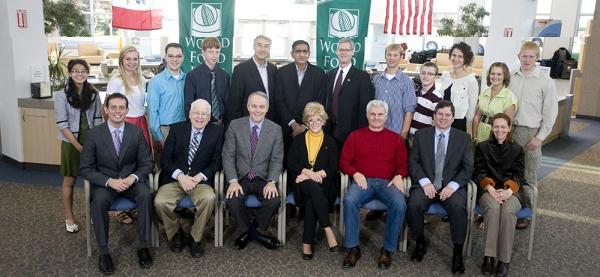

 Renee Piekema, 2019
Renee Piekema, 2019 Morgan Hasle, 2019
Morgan Hasle, 2019 Christina Allen, 2018
Christina Allen, 2018 Colton Ketchman, 2018
Colton Ketchman, 2018 Cheyenne Gerlach, 2017
Cheyenne Gerlach, 2017 Jacob Schultz, 2017
Jacob Schultz, 2017 Isaac
Mirti, 2016
Isaac
Mirti, 2016 Holly Enowski, 2016
Holly Enowski, 2016 Isiah Brandt, 2015
Isiah Brandt, 2015 Ashley Vaughan, 2014
Ashley Vaughan, 2014 Anthony Wenndt, 2011
Anthony Wenndt, 2011 Sydney Schrider, 2010
Sydney Schrider, 2010 Anne Seccor, 2006
Anne Seccor, 2006 Megan Srinivas, 2004
Megan Srinivas, 2004 Bian Li, 2000
Bian Li, 2000 Research Partners
Research Partners